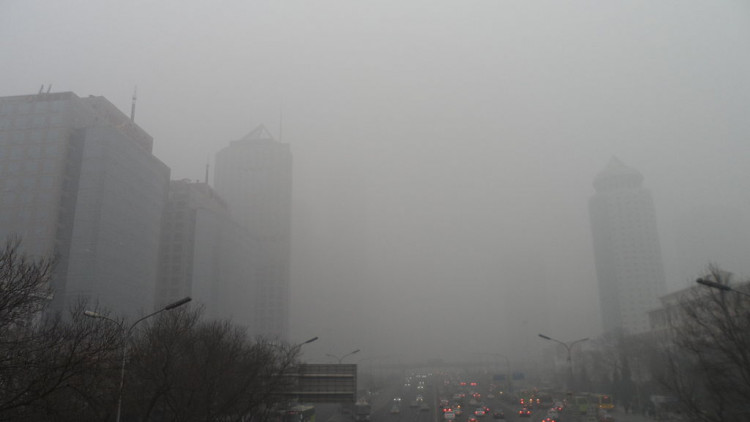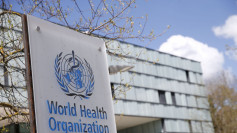Forecast officials announced Beijing and the surrounding north region of China might experience thick smog this week. On Sunday, the moderate haze has been observed in the Chinese capital which will further thicken due to the lack of wind. According to the National Meteorological Center, the worst days will likely be on Tuesday, Wednesday, as well as Thursday.
The information from the Beijing Environmental Monitoring Center said the pollution in the capital is set to peak on Wednesday. The smog forecast is also the first in northern China this winter, which comes after the public heating systems were turned on last week. This news raises concerns on the government as it's trying to decrease the dependence of the region on coal-fired heating, as per the South China Morning Post.
The levels of PM2.5 pollution are expected to rise over 200 micrograms per cubic meter, considered to be "heavily polluted." The PM2.5 is an atmospheric particulate matter (PM) with a diameter of 2.5 micrometers or less, which poses the greatest dangers to health. The pollutant levels will increase up to the level five on a six-tier scale, the higher as it gets means the pollution is becoming worse.
Elderlies, children, and those who have heart or lung problems are advised to stay indoors throughout heavy pollution, according to the guidelines from China's environment ministry. Everyone else should also try to limit the time they spent outdoors during this period.
Aside from Beijing, other areas that will be heavily affected include Shijiazhuang, Baoding, Tangshan, and Langfang in Hebei province. But, on Thursday, Beijing's condition will start to improve as strong winds will be arriving, and the cold front will cut through the thick air. The front will also make the skies blue and bring some light rain into the city as the temperature drops sharply.
The cold front also means icy conditions for the Urumqi residents, the capital of the Xinjiang Uygur Autonomous Region. Heavy snow or even blizzards might occur in the mountainous areas to the north of the region.
Meanwhile, in 2013, the central government launched a nationwide campaign to address the problems regarding air pollution. The efforts in improving the air quality in northern China strengthened last year as inspectors shut down many of the heavily polluting factories, steel mills, as well as coal-fired power plants. Moreover, 28 cities in northern China should cut down levels of PM2.5 in the next six months - which is about 3 percent from a year ago.






